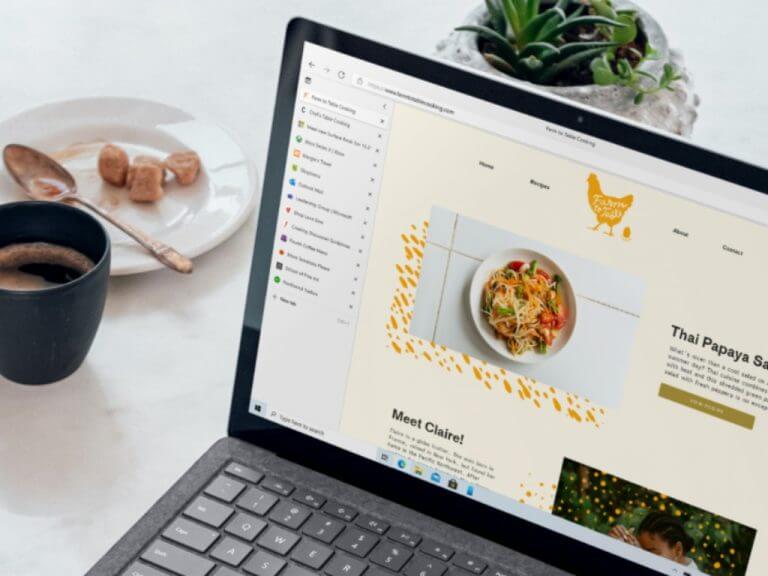Microsoft is getting ready to start rolling out the version 89 of its new Edge browser on Windows and macOS. The main new feature in this release is Vertical Tabs, which will allow Edge users to move all their tabs to a pane on the left side of the web browser.
Vertical Tabs can be enabled by clicking the veritable icon in the top left corner of Microsoft Edge. If you like to keep many tabs opened during the day, the left pane should make it much easier to view and manage your different with easy-to-read titles next to the site thumbnails.

Microsoft Edge version 89 will also make it easier to manage your history with a new dropdown menu that will appear above your current webpage. You’ll be able to pin this History menu to the right side of the page by clicking the pin icon or using the keyboard shortcut CTRL + H.
This feature is actually inspired by the Hub Experience from the Legacy Edge, and the Edge team is now bringing it back to the new Chromium-based Edge after listening to user feedback. After Microsoft finally enabled history sync in Microsoft Edge, this History menu can also display opened tabs from other devices.

With Microsoft Edge 88, the Edge team introduced a new Sleeping Tabs feature to make the browser save resources by putting inactive tabs to sleep. “I’m happy to share initial findings from our latest Beta build that a sleeping tab increases battery life by using 26% less CPU on average compared to a non-sleeping tab, and also reduces memory usage by 16% on average,” Microsoft CVP Liat Ben-Zur announced yesterday.
The Edge team is not done making the web browser more efficient, and Edge version 89 will introduce a new Startup Boost feature that will make the browser start faster after a reboot. “Initial tests show startup times improve from 29% – 41% percent with this feature,” Ben-Zur said, adding that Startup Boost will be enabled automatically later this month.
If Microsoft Edge keeps getting better with every update, the Bing team has also been working on several new search experiences that will roll out first to Bing users in the US. New features include interactive search results and redesigned carousel experiences, and you can learn more about the changes in our separate post.


